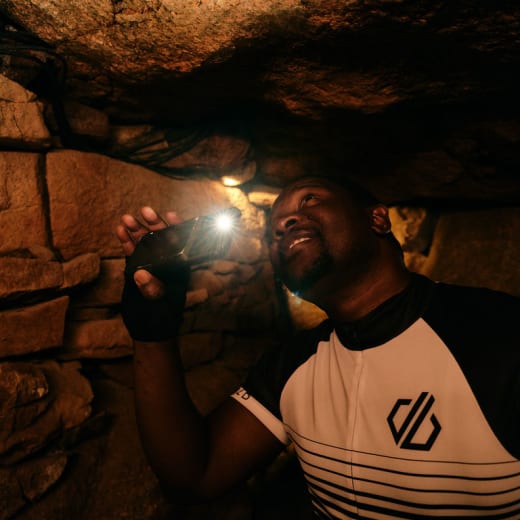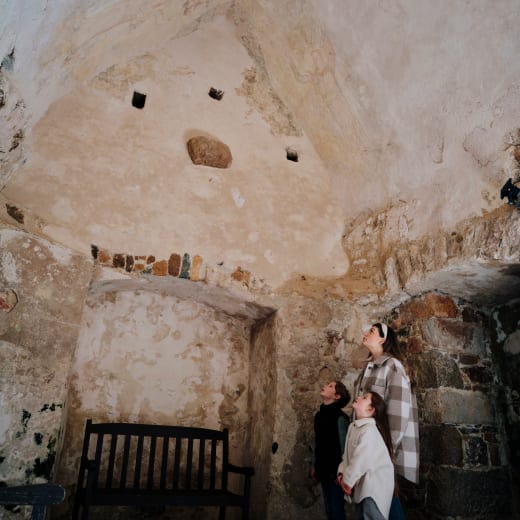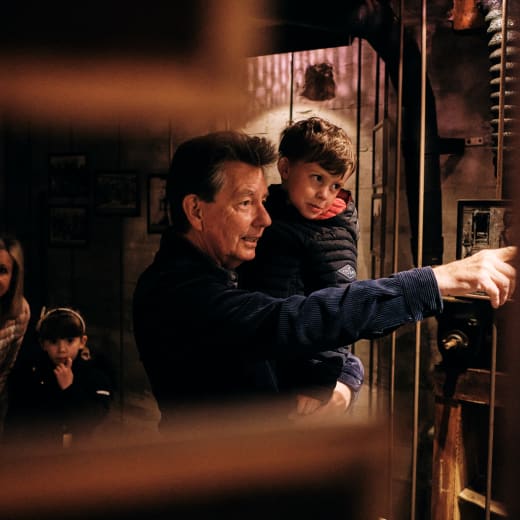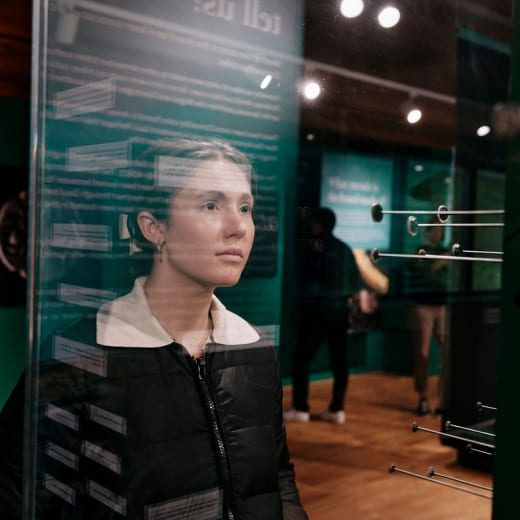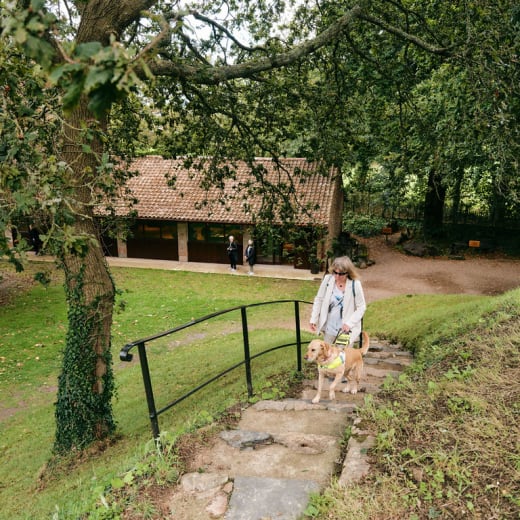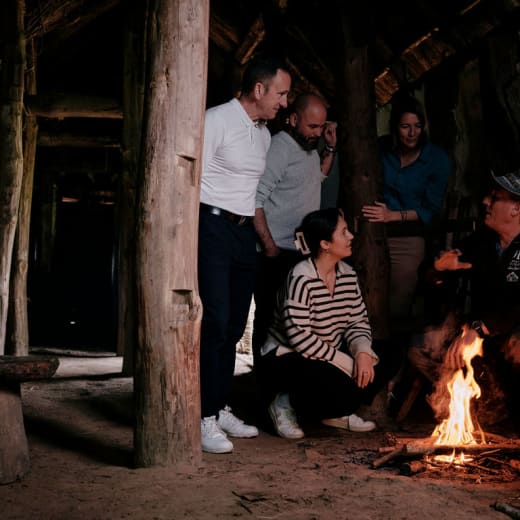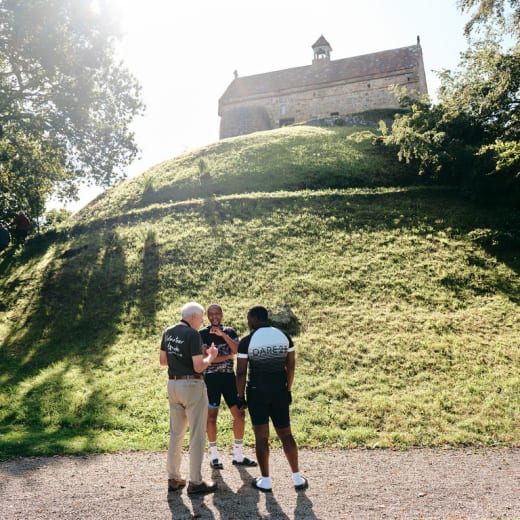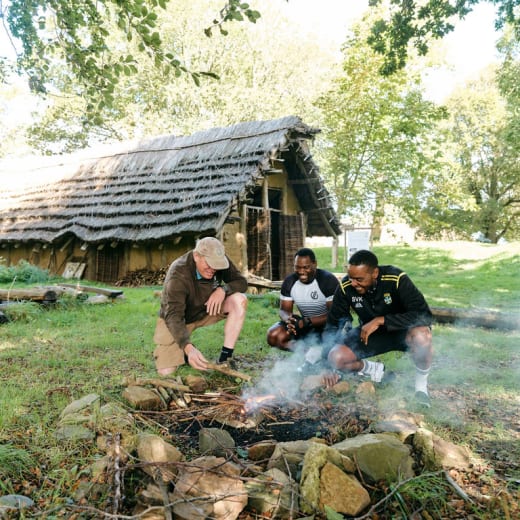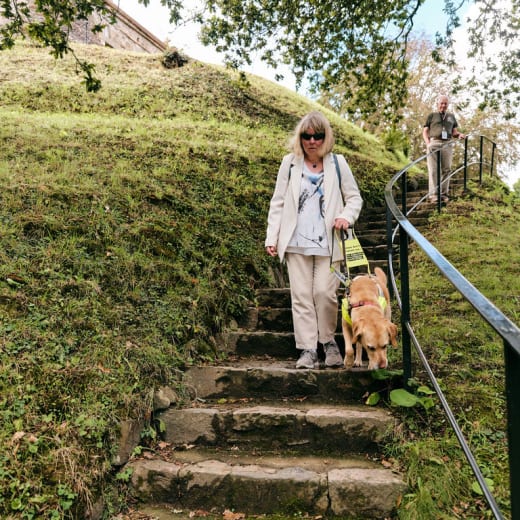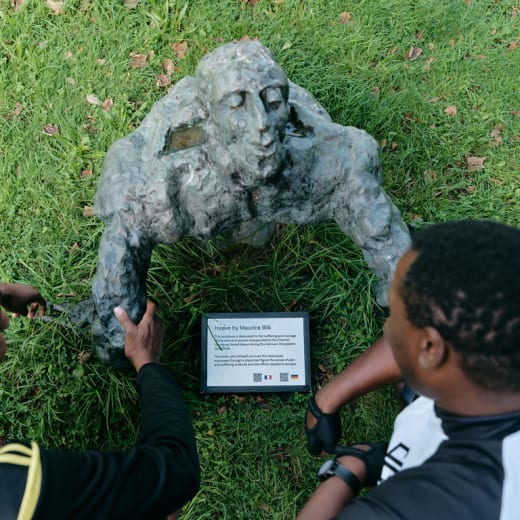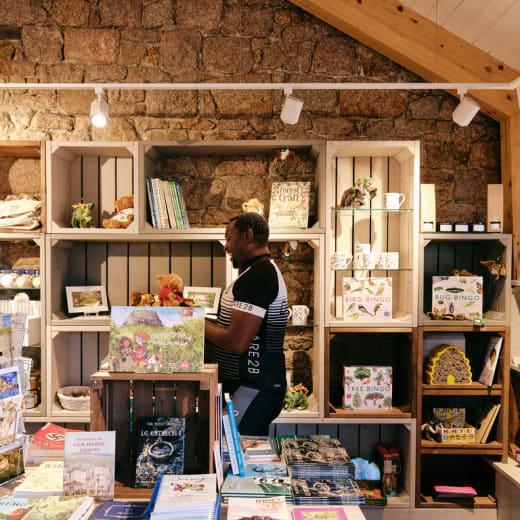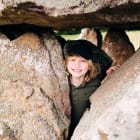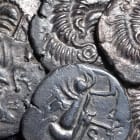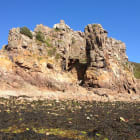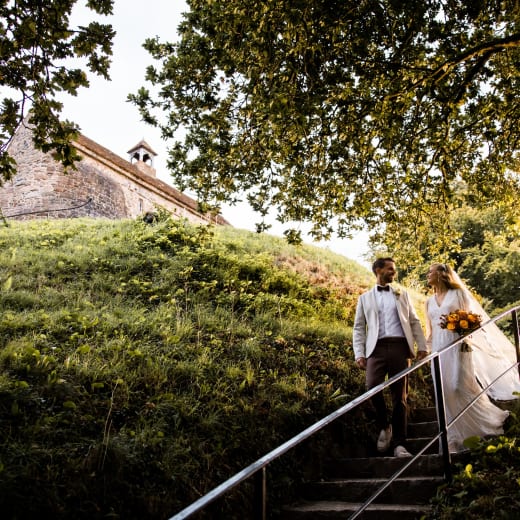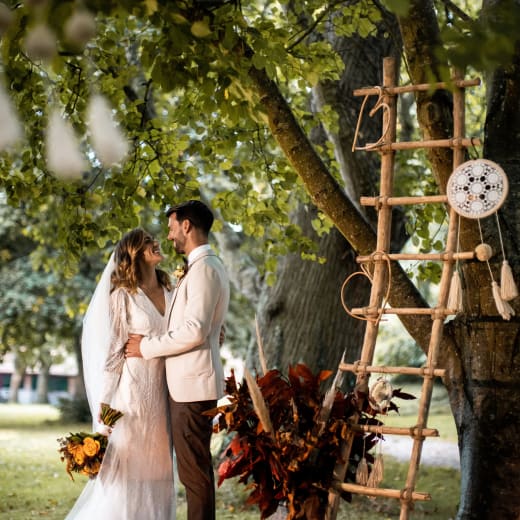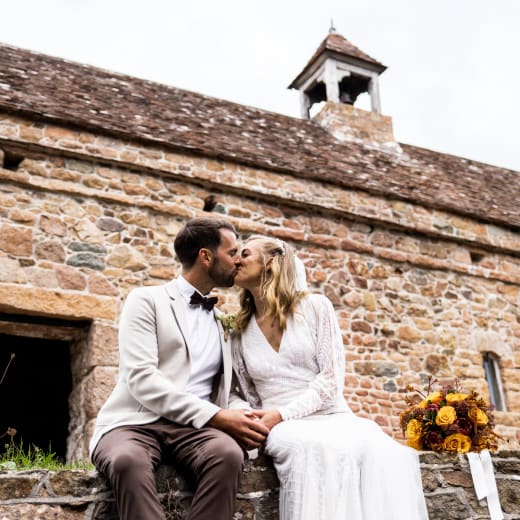
A peaceful and ancient site where you can visit one of the oldest buildings in the world
Opening times
- 2024
- 1 March to 31 October Daily 10am to 5pm
- 1 November to 31 December Daily 10am to 4pm
- Closed 24,25,26 and 31 December
Pricing
Jersey Heritage Members go FREE – become a Member today.
Children aged under 11 years old must be accompanied by an adult or responsible person aged 16+
- 2024
- Adult (16+) £12.50
- Senior (65+) £11.25
- Child or Student £8.15
- Family ticket (2 adults & 2 children or students) £37.15
- Children under 6 FREE
Location
- Address La Route de la Hougue Bie, Grouville, JE3 9HQ
- Phone +44 (0)1534 853 823
- Parking There is limited parking at La Hougue Bie, please try to use public transport
- Bus route 13 and 21
- Cycle route 3 and 8
- What3words location finder amber.sandwich.lobby
Facilities
- Access Read our access statement here
- Visual story Read our visual story here
- WIFI Available on site
- Gift shop The Jersey Heritage gift shop, selling gifts and souvenirs is on-site
- Payment Can be made by debit, credit card (not Amex), in sterling or euro
- Cycle racks Available
- Dogs No dogs allowed, except assistance dogs. Read our policy here
- Take a break bags Fidget and sensory toys to help anyone who needs to take a break whilst on-site
Groups
Prices
Discounted entry is applicable to booked groups of 10+ or more adults or seniors (combination thereof). There is no requirement to book if your group is fewer than 10 people.
Adult £10.63
Senior £9.56
Jersey Schools
Please email us.
Group Tours
Private Guided Tours can be arranged, by advanced booking – £50 per tour – duration approx. 1hr.
Leaflets available at entrance (£1) provide a brief history and guide to the site.
There is no coach parking on-site. Please speak with your coach operator regarding drop-off and pickup points.
Interpretation language
External and exhibition signs in English
Visitor booklet in English, French and German
Film in English, French and German
Catillon II hoard exhibition in English and French
Discounts
10% discount for non pre-booked groups of 10 or more adults or seniors (at our discretion)
Disabled visitors pay the normal admission rate and we offer free admission for up to two carers.
Jersey Heritage offers free or reduced price entry to the following groups:
- Museums Association Members
- International Council of Museums (ICOM) members
- Alderney Society / Museum ticket holders
- Friends of Manx National Heritage
- Réseau des Musées de Normandie – Muséopass Card
Refreshments
The La Hougue Bie Tearoom is run by Beresford Street Kitchen and is open 7 days a week from 10am to 4pm. Beresford Street Kitchen is a social enterprise providing education, training and employment for people with learning disabilities and autism.
Take a look at the Tearoom menu.
At La Hougue Bie you will discover traces of life in Jersey from Neolithic times to the German Occupation of World War II.The Neolithic passage grave is one of the 10 oldest buildings in the world (4000–3500 BC). Its ancient chamber was once a sacred space for rituals and ceremonies and was built to align with the rising sun at spring and summer equinox. On top of the prehistoric La Hougue Bie mound is a 16th–century Christian chapel with spectacular views.
The exhibition, ‘Searching for Jersey’s Celts’ is a story about the Le Câtillon II – the world’s largest Celtic coin hoard. You’ll explore what might have led people to bury a hoard of 70,000 coins and jewellery in Jersey 2,000 years ago.
On site is replica Neolithic Longhouse where you can talk to our volunteers about life in the New Stone Age. You can also visit a German command bunker from World War II and follow the story of forced workers brought to Jersey by Organisation Todt.

Places to Visit
Dolmen de Faldouët
A free-to-access dolmen built around 6,000 years ago to align with the rising sun on the spring and autumn equinox.
History
The Coin Hoard comes home
The story of Le Câtillon II, the largest hoard of Iron Age gold and silver coins, jewellery and ingots ever found in Western Europe.
Places to Visit
Hamptonne Country Life Museum
A picturesque country farm estate from the 15th century sharing the story of Jersey’s rural life.
Places to Visit
Mont Orgueil Castle
A medieval castle with links to the English Crown and amazing views across to France.
History
La Cotte
At La Cotte de St Brelade (La Cotte) in Jersey, appearances are deceptive but there is more to it than meets the eye.







